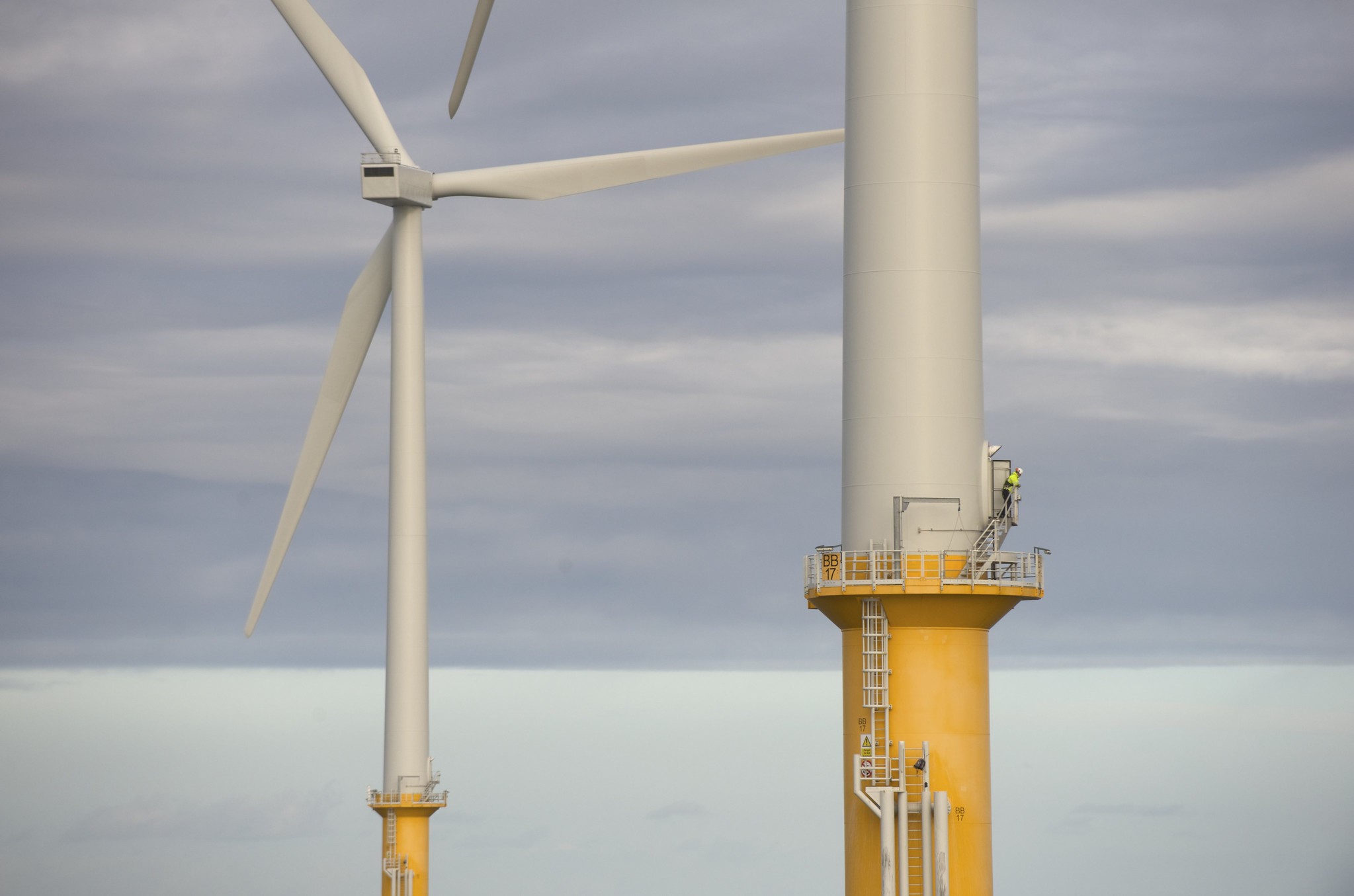Building offshore wind power generation capacity counts among the greatest modern marvels. Each year, across the globe, hundreds of wind turbines are installed in coastal waters as part of the effort to achieve zero carbon energy goals by 2050. Installing such capacity isn’t only about finding advantageous locations, or procuring turbines and support structures. It’s also necessary to secure, upgrade, and develop vital infrastructure such as vessels to tow the turbines, and ports where the turbines and equipment are stored, assembled and transported, and maintenance work done.
Japan’s target to add 45 GW of offshore wind by 2040 is ambitious for a country where renewable energy development has been mainly led by solar power in recent years. As of June, Japan has 4.7 GW of wind capacity, of which a measly 52 MW lies offshore. That pales in comparison with 66 GW of solar across the country.
The government is betting on Japan’s natural geographical advantage – some of the world’s longest coast lines – to provide substantial electricity volumes from wind generation. In recent years, a new law has been passed and existing ones updated. For example, revisions to the Port and Harbor Act have been made to promote offshore wind projects near ports. While this is positive news, it’s just the start of a long road of work ahead. Required specifications for suitable ports – such as the water depth and ground bearing capacity – will have to be surveyed and will vary depending on the types of foundations (spar, barge, and semi-submersible) that are still in pilot projects.
Building offshore wind generation capacity is certainly a titanic challenge for any country, but the effort to tackle those issues carry the potential for dramatic transformation among many sectors of the national economy. This in turn means even more opportunity to stimulate more economic activity and job creation.

